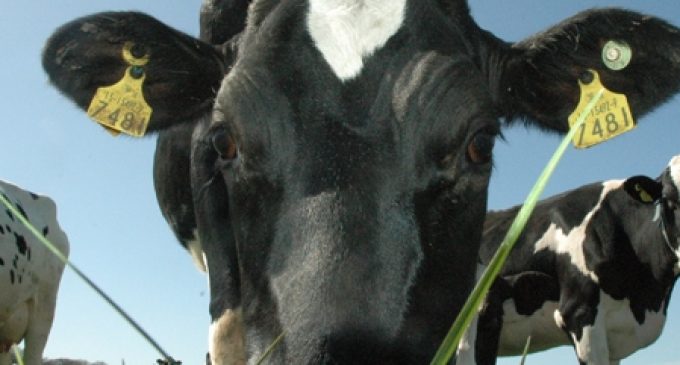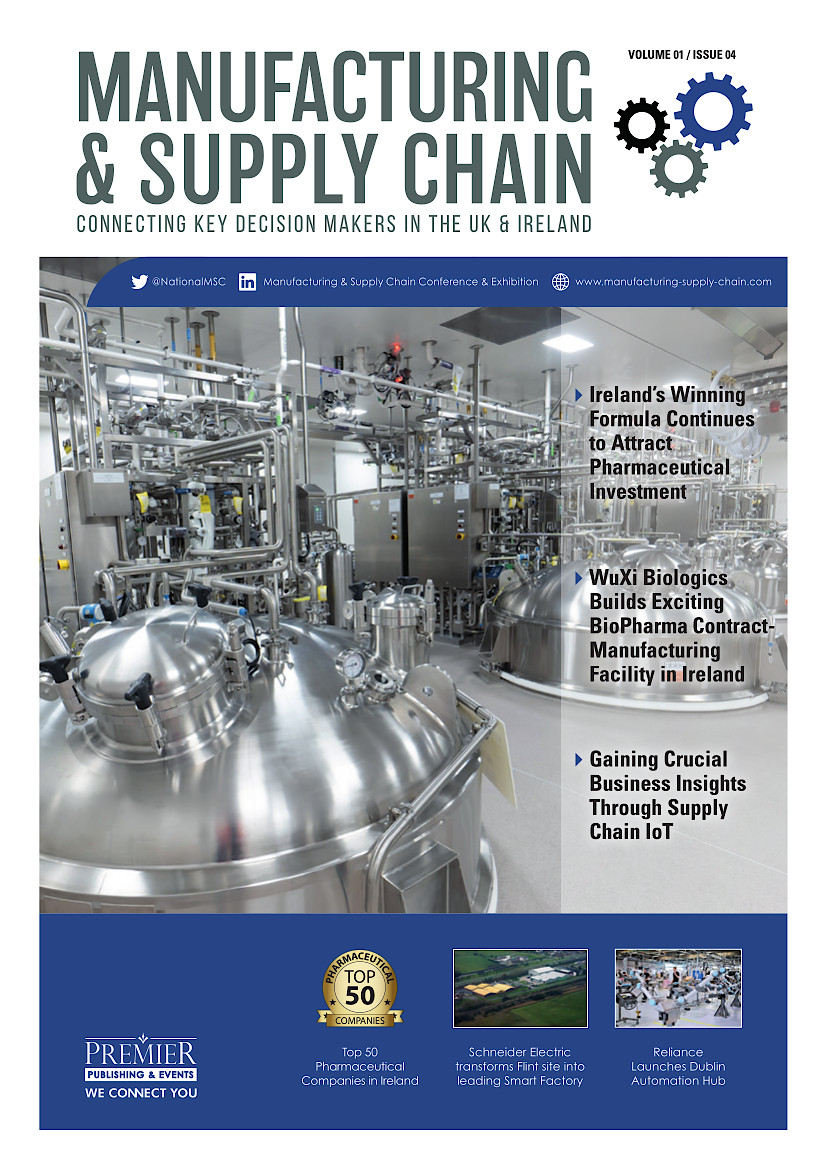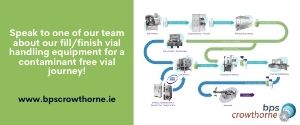Teagasc National Dairy Conference- Seizing Opportunities For a Better Future

Milk production in Ireland has gone from 5.5 billion litres to over 7 billion litres and that trend is set to continue. That was the opening message from Michael Hanley, chief executive of Lakeland Dairies, as he delivered the key note address at the recent Teagasc National Dairy Conference.
“Our milk suppliers are increasing production by about 5 % per annum and we have had a significant number of new entrants across our catchment area. We are well invested in processing facilities to process this additional milk and we are selling product into 80 countries around the world.”
He continued: “Half our milk supply comes from Northern Ireland and half of the supply come from farmers in the south of Ireland, so Brexit is an obvious concern. We have 2 processing sites in Northern Ireland and 3 processing sites in the south of Ireland so depending on how Brexit turns out, we have a contingency plan.”
John Maher, Co-ordinator of the Teagasc Grass10 campaign, spoke about the opportunities for farmers to grow more grass, and utilised more grass and earn higher profit. Every tonne of extra grass utilised will increases profits by €180 per hectare on average. This new Teagasc campaign has set a target of achieving 10 grazing per paddock per year and a target of utilising 10 tonnes of grass Dry Matter per hectare annually. The Grass10 campaign is supported by the Department of Agriculture, Food and the Marine, AIB, FBD, Grassland Agro and Farmers Journal.
Dairy farmer, Ed Payne from Tulsk in County Roscommon, regional winner in the Grassland Farmer of the Year awards, said that grass is the key driver on their family farm and the focus is on getting cows to graze grass on as many days in the year as possible. He stressed how important the 6 week calving rate is for grass based spring calving dairy systems.
Paidi Kelly, Teagasc, talked about the structural change and its implications for Irish dairying. He said that expansion and structural change is creating a sizeable demand for employed labour. To attract people to work on farms, farmers need to be seen as employers of choice offering a work place of choice.
Teagasc Director, Professor Gerry Boyle, said that Teagasc has been asked to convene a task force on the labour issue and to report in the spring on possible actions to alleviate the labour issue on dairy farms.
Morgan O Sullivan, Teagasc, presented results from the Next Generation Herd at Teagasc Moorepark which indicated superior profit per lactation from cows selected for high EBI.




















